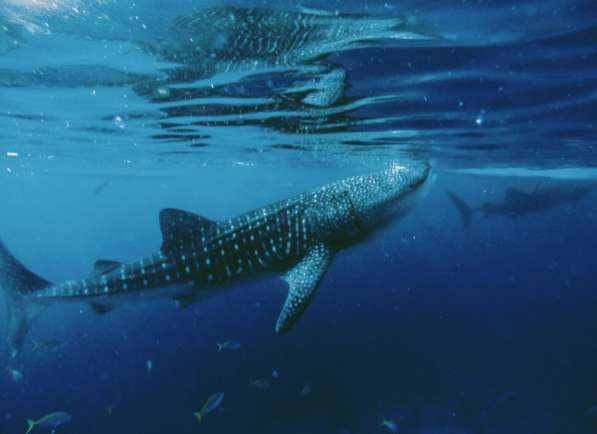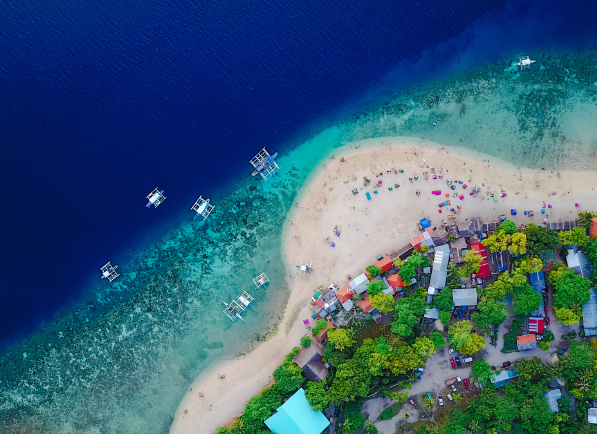

Situated in the Philippines' central Visayas region, Cebu is a colorful mix of historic richness and tropical haven. Dubbed the "Queen City of the South," Cebu is one of the Philippines' leading tourist destinations, featuring a blend of urban vibrancy, cultural riches, and natural splendor. Its white-sand shores, heritage areas, and lively marine life make it equally appealing to history enthusiasts, adventure tourers, and beach enthusiasts.
Cebu is centrally located in the Philippines' history as the first Spanish settlement. Ferdinand Magellan came here in 1521, ushering in Christianity in the country. Magellan's Cross and Basilica Minore del Santo Niño are still spiritual and historical landmarks. Cebu now celebrates a rich Catholic heritage mixed with indigenous traditions, making it spiritually important to Filipinos.
Cultural identity of Cebu is a blend of indigenous and Spanish. From the Sinulog Festival—a big fiesta of faith and dance—to handcrafted guitar-making in Lapu-Lapu, Cebu combines religious fervor with artistic skill. Traditional dances, street parades of multicolored costumes, and local handicrafts are all integral components of its living culture.
Bhopal's cuisine is a reflection of its royal and multicultural heritage:
Cebu seamlessly marries the past and present, providing the ultimate travel experience—historic discovery, colorful festivals, sea experiences, and island hopping. Whether descending into the depths of sardine diving or following the footprints of explorers, Cebu welcomes you to uncover the Philippines' heart and soul.





